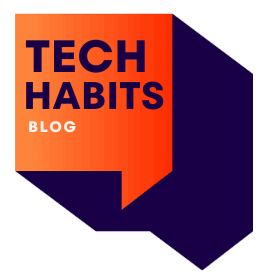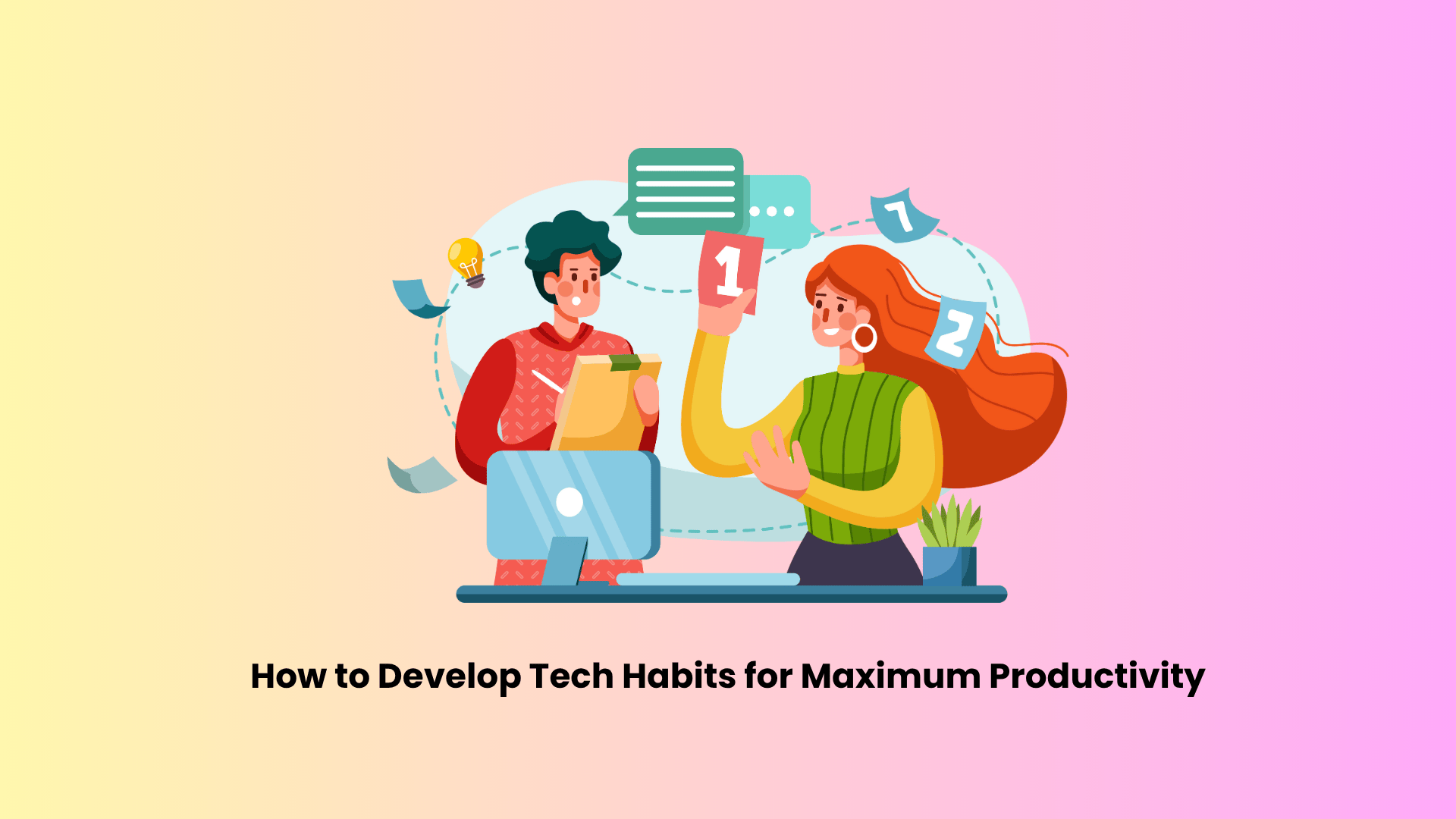Technology has become an integral part of our daily lives in today’s fast-paced world. Whether for work, education, or personal growth, tech tools and gadgets are pivotal in helping us stay organized and productive. However, simply having access to these technologies isn’t enough. To maximize their potential, developing healthy tech habits that boost your efficiency and productivity is essential.
Understanding the Importance of Tech Habits
Tech habits are how we interact with and use technology in our daily lives. These habits can either enhance our productivity or drain it. With distractions lurking around every corner, it’s easy to fall into the trap of mindlessly scrolling through social media or becoming overwhelmed by constant notifications. But by being intentional about how we use technology, we can turn it into a powerful tool for getting more done in less time.
Set Clear Tech Goals
The first step in developing effective tech habits is setting clear goals. Think about your goals and how technology can help you get there. For instance, if your goal is to increase productivity at work, using project management tools like Trello, Asana, or Monday.com can help you stay organized. If you want to focus on personal development, you could set aside time each day to learn new skills using online platforms like LinkedIn Learning or Coursera.
By setting specific goals, you give yourself direction and purpose when engaging with tech, ensuring that every tool you use serves a meaningful purpose in your journey toward productivity.
Create a Productive Tech Routine
Consistency is key to any good habit; the same applies to tech habits. Establishing a tech routine allows you to streamline your processes and maximize your day. Start by dedicating specific times of day to checking emails, engaging on social media, or using productivity apps. For example, you could designate the first hour of your day to work-related tasks and the last 30 minutes to personal projects or hobbies.
The goal is to limit distractions and create a structured approach to your tech usage. Consider using time management apps like Pomodoro timers or RescueTime to help you stay on track.
Limit Distractions and Notifications
One of the biggest productivity killers in the tech world is constant notifications. Whether it’s from emails, social media, or apps, these interruptions can break your focus and reduce your efficiency. A great habit to develop is to turn off non-essential notifications on your phone and computer during work hours.
Consider using “Do Not Disturb” modes or apps like Focus@Will to create an environment conducive to deep work. By limiting distractions, you’ll be able to concentrate better on the task at hand, resulting in improved productivity.
Adopt the 80/20 Rule for Tech Usage
The 80/20 rule, also known as the Pareto principle, suggests that 80% of your results come from 20% of your efforts. When it comes to technology, this means focusing on the tech tools that provide the most value. You don’t need to use every app or gadget available; instead, prioritize the ones that help you achieve your goals and streamline your workflow.
For example, tools like Grammarly, Google Docs, and Scrivener might be your most essential apps if you’re a writer. On the other hand, Slack, Zoom, and Google Workspace might be more relevant if you’re in business. Identify the tools that contribute to your success and stick to them, avoiding the temptation to jump on every new trend.
Take Regular Tech Breaks
Despite the benefits technology can offer, taking regular breaks is essential to avoid burnout. The human brain isn’t designed to focus continuously for hours, especially on screens. Incorporating tech-free breaks throughout your day will help you recharge and maintain high productivity.
Step away from the screen for a few minutes every hour, walk, stretch, or meditate. These breaks will help your mind stay fresh and enhance your creativity and focus when you return to your tasks.
Use Technology to Promote Physical Well-Being
Productivity isn’t just about mental focus—it’s also about taking care of your body. Many tech tools can help you maintain physical health while working. Use apps like Fitbit, MyFitnessPal, or Apple Health to track your physical activity, water intake, and sleep patterns. Setting health-related goals will ensure you’re not neglecting your well-being while working hard to achieve your professional and personal goals.
Embrace Digital Minimalism
Sometimes, the best way to boost productivity with technology is by doing less. Digital minimalism is about intentionally reducing the number of tech tools and apps you use to focus on what truly matters. It’s about quality over quantity—cutting out the digital clutter and using only those technologies that align with your purpose and goals.
To implement digital minimalism, inventory all your tech tools and evaluate whether each is helping you move closer to your goals. If an app or gadget doesn’t provide value, consider eliminating it.
Conclusion
Developing productive tech habits isn’t an overnight process, but you can make technology work for you with consistency and intentionality. By setting clear goals, limiting distractions, and incorporating habits like taking breaks and embracing minimalism, you can create a tech routine that boosts your productivity and well-being. Remember, technology is a tool, not a distraction. By making it an intentional part of your life, you can harness its full potential for maximum productivity.

